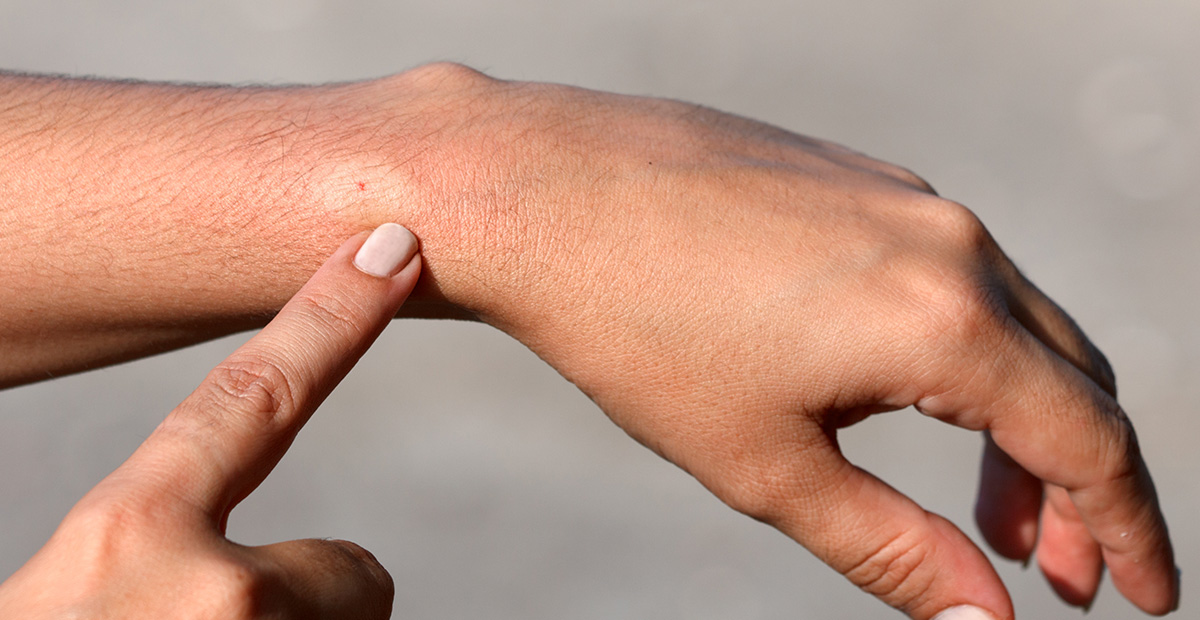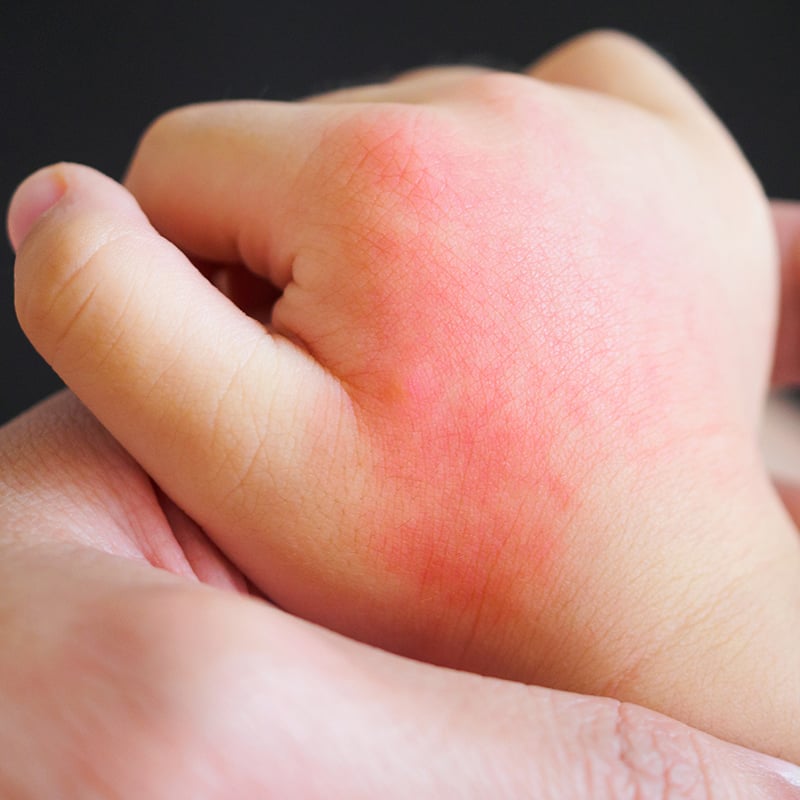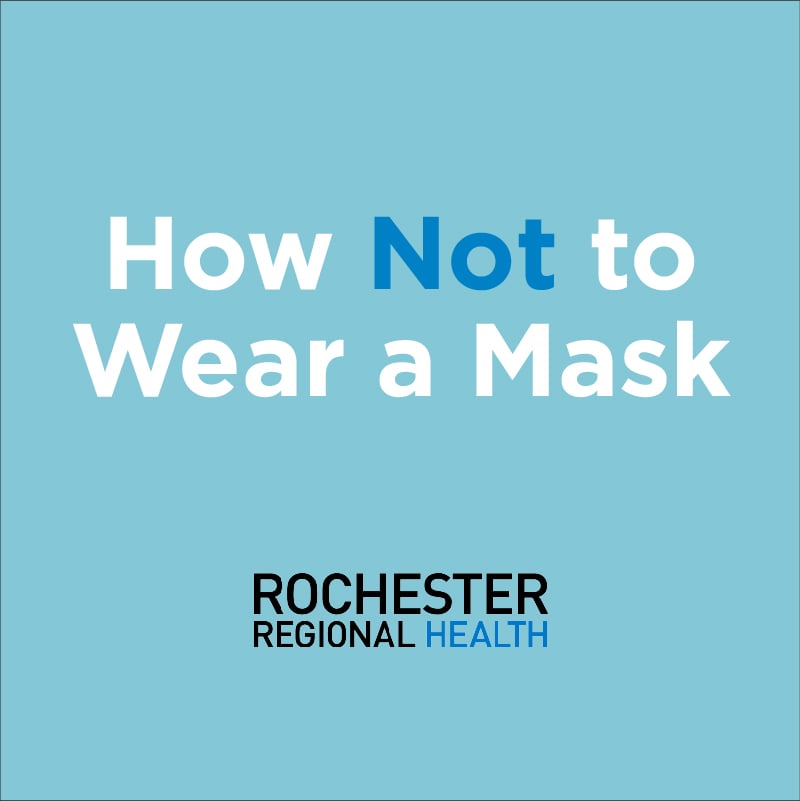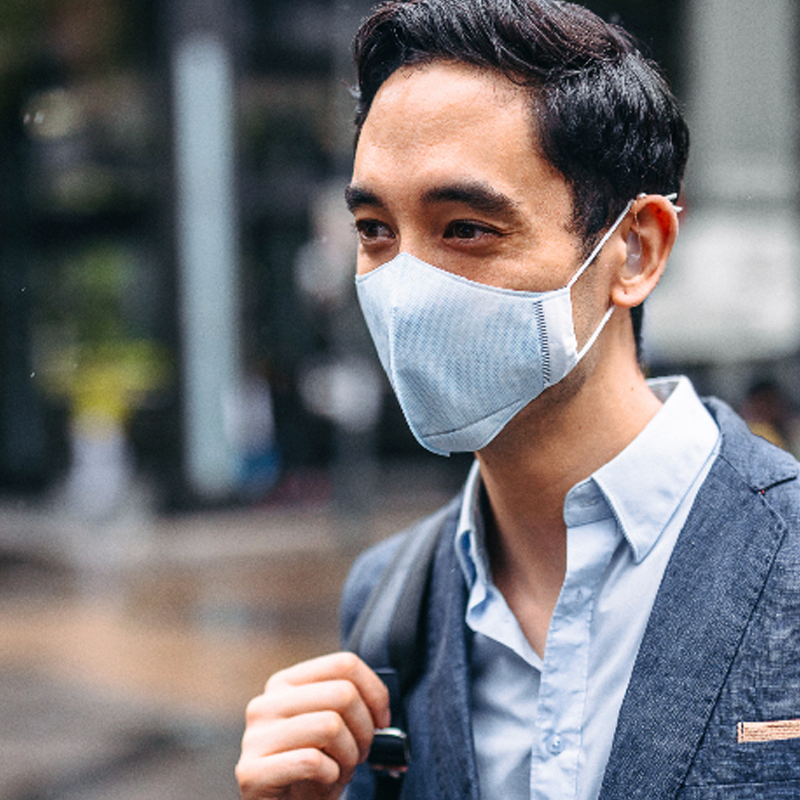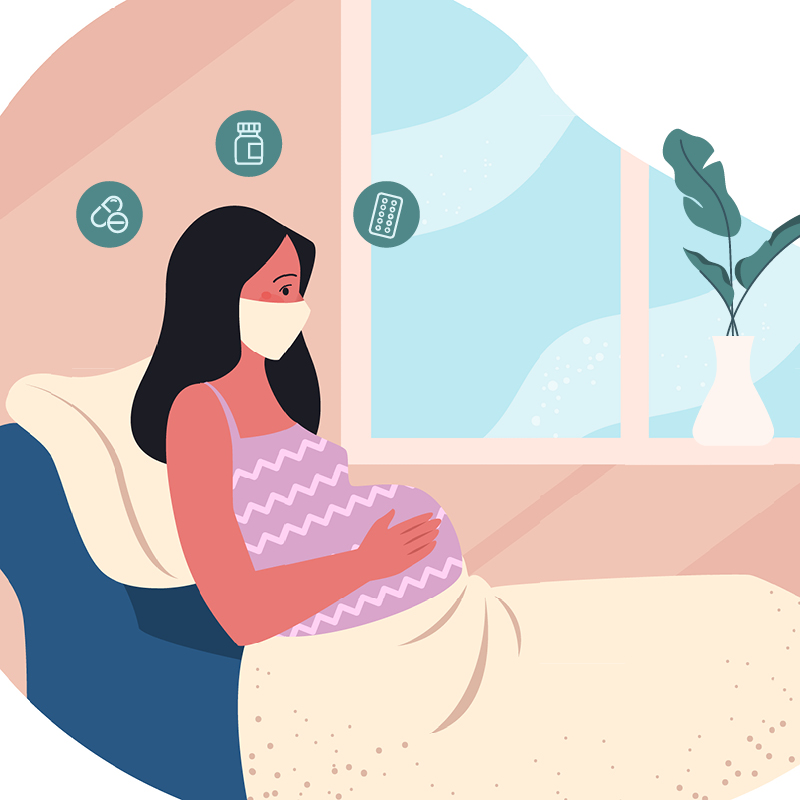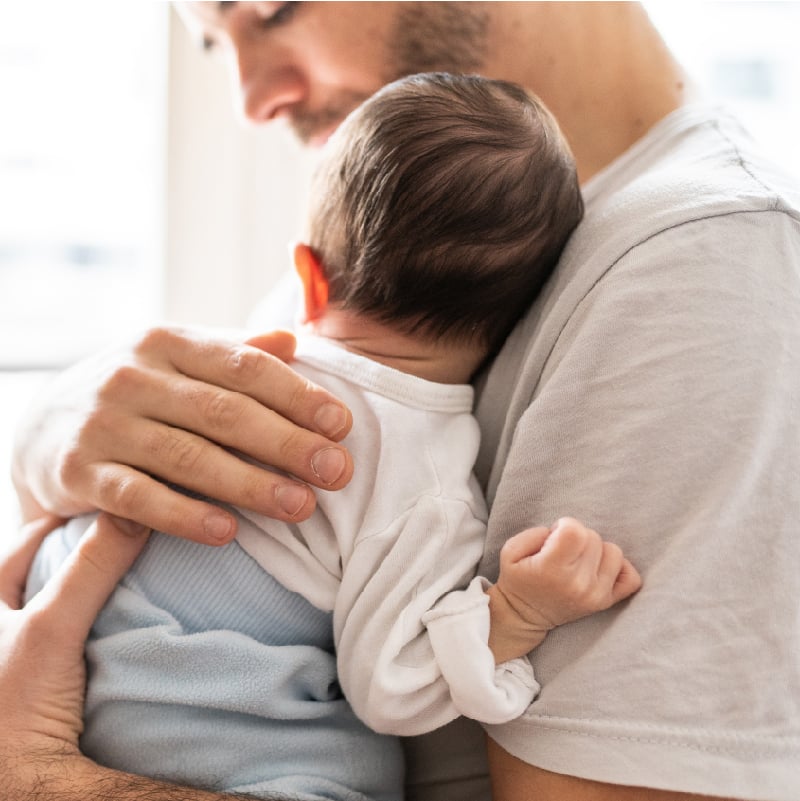One of the best parts of summer is being able to spend hours outside in the warmth and sunshine, making memories and enjoying time with friends and family.
While spending that time outside, unfortunately nature can carry its own risks – including bee stings. Bee stings can happen seemingly without warning and often lead to tears, painful welts and swelling, especially for children.
We asked Lauren Phillips, PA-C, for advice on how to treat bee stings, how to tell if you need medical attention, and how to avoid getting stung in the first place.
What to do immediately after a bee sting
Regardless of how a bee sting happens, the first thing you should do is move away from the area where it happened. If you or someone else was stung by a single bee, chances are there will be more bees nearby.
Most people who are stung by bees will immediately feel mild pain, followed by itching and redness around the area of the skin that was stung.
Bees can only sting once and may leave their stinger in your skin; wasps keep their stingers in their abdomens and can sting multiple times. If a bee leaves its stinger in your skin, remove the stinger as soon as you can. Do not use tweezers; squeezing the stinger releases more venom into the skin. Instead, use a straight edge like a credit card to scrape over the area to remove the stinger and venom sac.
Treating a bee sting
Once you are sure the stinger has been removed, you can start treating the area where the bee sting happened. A quick way to remember what to do next is using the acronym WICK:
Wash the bee sting site with soap and water to prevent infection
Ice the area with a cold compress or ice to help swelling go down and lessen the pain
Creams like hydrocortisone or topical steroid ointments can relieve itching
Keep an eye on the bee sting to see if anything changes dramatically; call your primary care provider as needed
Bee stings usually stay swollen for 24-72 hours but gradually return to normal, according to USDA experts. If redness or swelling increases after 72 hours, it’s best to see a provider.
When to seek medical attention for bee stings
Most people don’t experience severe reactions to bee stings, but fewer than 1 percent of people are seriously allergic and may experience life-threatening symptoms called anaphylaxis. Anaphylaxis typically happens within seconds to minutes. Keep an eye on anyone who has been stung by a bee in case they develop more serious symptoms, including:
- difficulty breathing
- dizziness
- itching/hives
- low blood pressure
- nausea/diarrhea
- stomach cramps
- swelling of tongue or throat
If you or someone else is experiencing any of these symptoms after a bee sting, get to an emergency medical center or provider as quickly as possible.
“If you or your child has already had an exposure to bee stings and you know there is a serious allergy, have epinephrine on hand in case of an emergency,” Phillips said. “Being prepared and having a plan in case something happens is important in situations like these.”
Even after using epinephrine, it's important to seek immediate medical attention. A small number of people who have anaphylactic reactions can have anaphylactic symptoms up to 72 hours after the initial reaction occurred.
Avoiding bee stings
While many bee stings are often unfortunate surprises, there are some precautions you can take to avoid getting stung.
Avoid bees’ homes: Bee hives are in a variety of different places – porches, decks, trees, even the ground with some varieties of bees. Especially in warmer weather, be aware of where bee hives might be located and do your best to steer clear.
Cover food and drinks: Bees are attracted to sweet smells and bright colors. If you are drinking juice, soda, beer, or other beverages outdoors, cover it up so bees don’t make their way inside a can or glass. The same goes for food – cover snacks or plates of food to avoid accidentally luring bees to your dinner.
Don’t go barefoot: While the feel of freshly mowed grass between your toes is glorious, the feel of a bee stinging the sole of your foot is, well, the opposite. Wear some shoes (like flip flops, sandals, slides, Crocs, etc.) while walking around outside to avoid stepping on a bee.
Avoid getting near bees: Where there is one bee, there will likely be others. You will be able to see them and hear them if they are swarming in a particular area. If you spot a few, consider relocating somewhere that doesn’t pose a risk to yourself or anyone else you are with.

